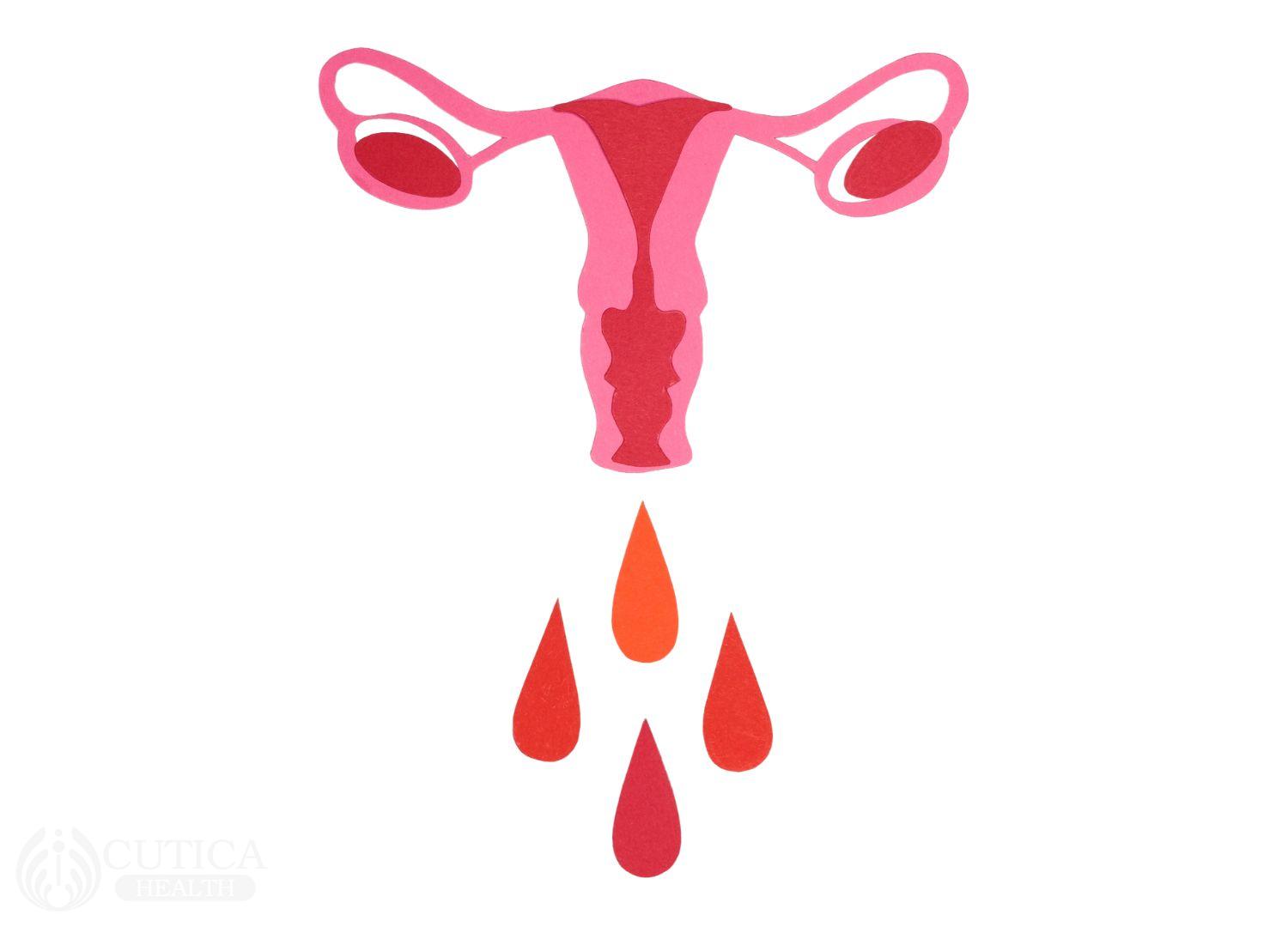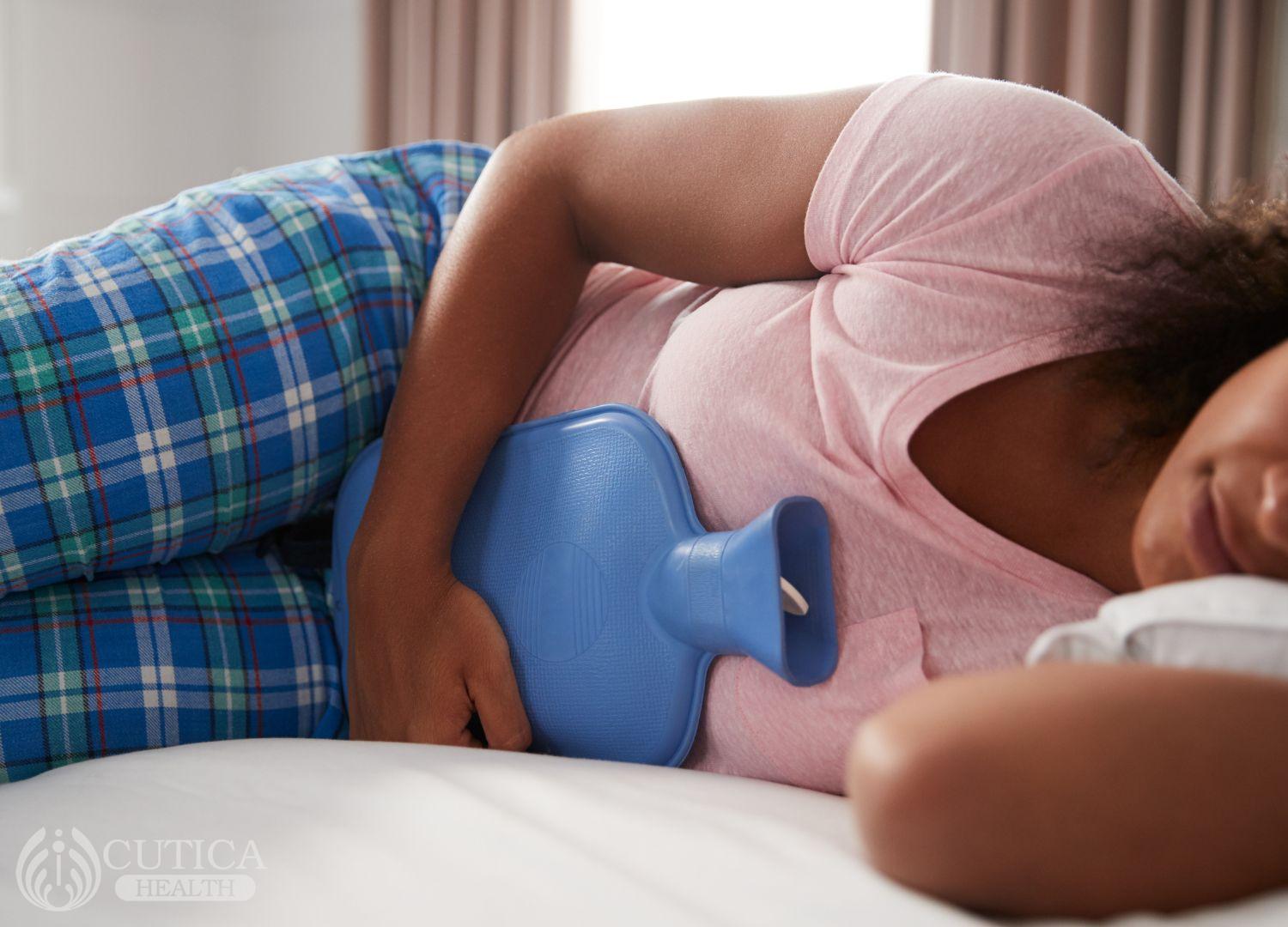Mercy noticed she always had severe pain during her menstrual period. This pain is so bad that occasionally she is unable to go to school or do any meaningful work at home. She always dreads her periods, as she remembers only the agony. She has tried several medications with only temporary relief. She is tired and will love to see the pain stop.
Abnormal menstrual pain refers to severe or unusual pain during menstruation. This pain can be severe enough to limit daily activities during the period of menstruation. While some discomfort and cramping are usual during menstruation, abnormal menstrual pain is marked by intense pain that significantly affects one’s daily activities.
How does menstrual pain occur?
Normal menstruation occurs when the uterus sheds its lining once a month, and this is associated with some cramping and pain. This is because a hormone called prostaglandin rises in the body and triggers muscle contractions in the uterus to expel the lining of the uterus. While this results in pain, the pain should not be severe enough to cause the woman to miss school or work. When it does, it is termed abnormal menstrual pain.

What causes abnormal menstrual pain?
The causes of abnormal menstrual pain are varied and sometimes difficult to pinpoint. It can be due to the makeup of the person experiencing the pain, which is called primary abnormal menstrual pain. There is usually no underlying disease process, but the individual finds that menstruation has always come with severe pain and discomfort. It can also be associated with increased menstrual flow. Some risk factors for this kind of abnormal menstrual pain include age under 20, family history of abnormal menstrual pain, smoking, early puberty, and never having a baby.
When abnormal menstrual pain is due to an underlying disease, it is called secondary abnormal menstrual pain. Here are some possible causes:
Endometriosis or adenomyosis: This is the presence of uterine lining outside the uterus, which results in intense pain during menstruation. This is because this abnormally located uterine lining still acts as if it were in the uterus and causes cramping of the organ or tissue where it is located.
Uterine fibroids: This refers to a noncancerous growth within the wall of the uterus which can result in abnormal menstrual pain, especially when it is located close to the uterine lining. This causes the muscles to contract more to be able to shed the uterine lining.
Infections: Infections of the female reproductive organs can result in abnormal menstrual pain. These infections are usually transmitted via sexual contact. This usually causes abnormal menstrual pain with fever and abnormal vaginal discharge.
Intrauterine device: This is a device used to prevent unwanted pregnancies in women. The presence of this device has been associated with increased menstrual pain, especially in the first few months after insertion.
Others: Stress, hormonal imbalances, medications, etc. can be associated with abnormal menstrual pain.
The cause of abnormal menstrual pain is not always clear, so it is common to see cases where this pain has no specific cause.

What to do about abnormal menstrual pain?
Abnormal menstrual pain is usually difficult to manage, even with medications. This is because they occur at least once a month, and there are side effects to using pain medications for a prolonged period. It is important you consult your doctor to be sure there are no underlying causes of the abnormal menstrual pain, as treating the underlying cause can help relieve the pain. Some other ways to relieve abnormal menstrual pain include:
- Taking a warm bath
- Using a heating pad on the pelvic area
- Exercising regularly
- Relaxation techniques such as yoga or guided imagery
It is advised to see a doctor before taking any drugs for abnormal menstrual pain.
Conclusion
Abnormal menstrual pain is a common source of discomfort among women who undergo menstrual periods. The causes are varied and can range from nothing to serious underlying female reproductive health issues. It is important to see a physician to help investigate the cause and plan the proper treatment.

